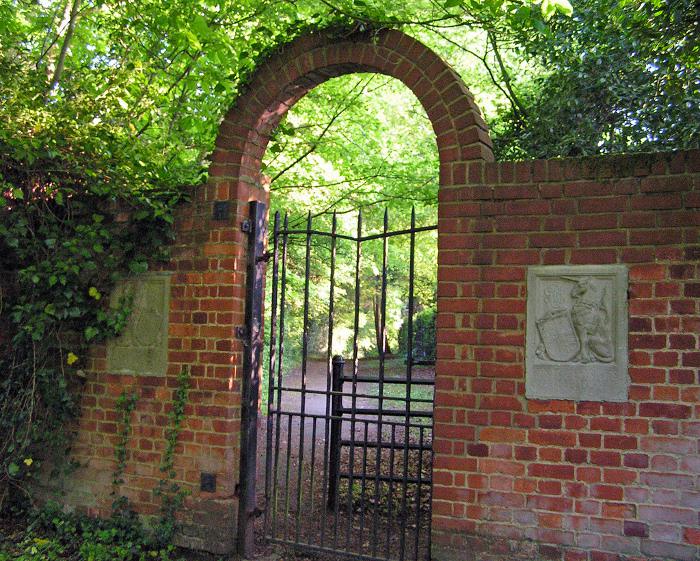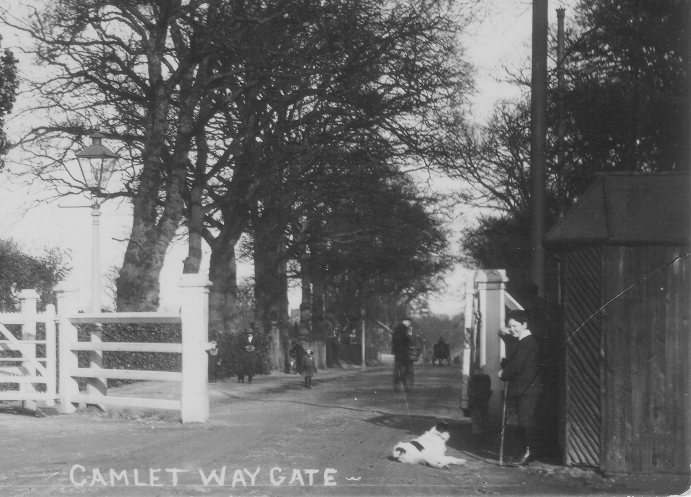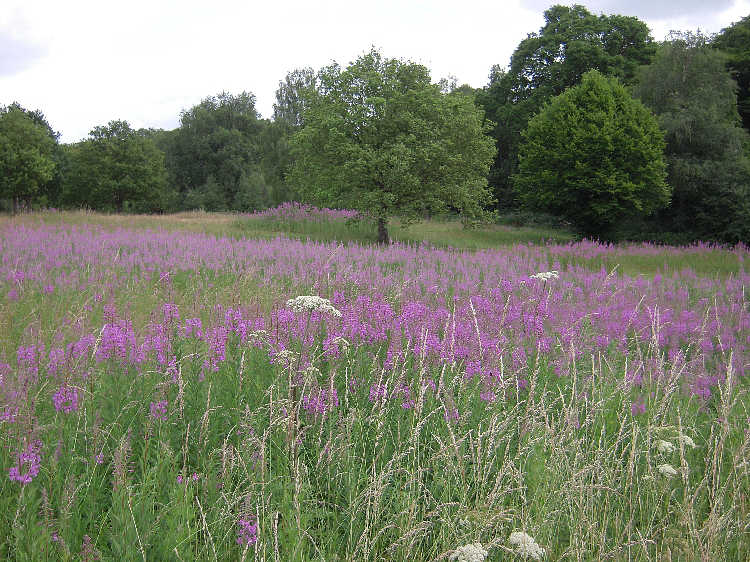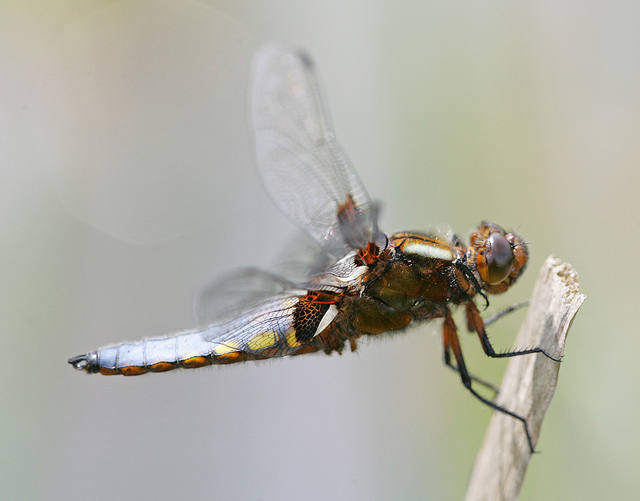The Common is a roughly wedged shaped tract of land of which about 74 ha are accessible to the public; it’s about 2.5 kilometres long, tapering from a width of about 0.5 kilometre at its broadest point, close to the white gates beside St Mary’s Church, Monken Hadley at the western end to a narrow point by one of the other sets of white gates at Games Road at the eastern end – about 300m from the Cockfosters Road entrance to Trent Park. It is bounded to the north and south by the residential areas of Hadley Wood and New Barnet respectively.
A public bridleway crosses the Common, joining the end of Games Road, at the east, to the car park at the foot of Baker’s Hill at the west. Horse riding and pedal-cycling are permitted along it – although not elsewhere on the Common. The bridleway forms part of the London LOOP – the London Outer Orbital Path (the walker’s M25), and links with the Pymmes Brook Trail near Jack’s Lake.


















